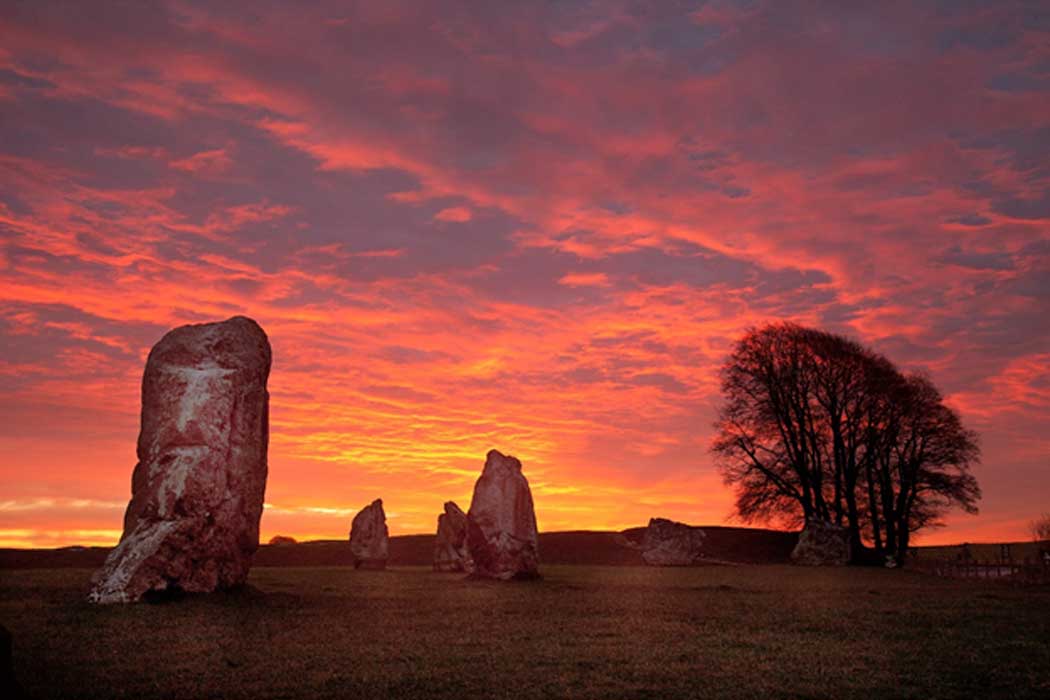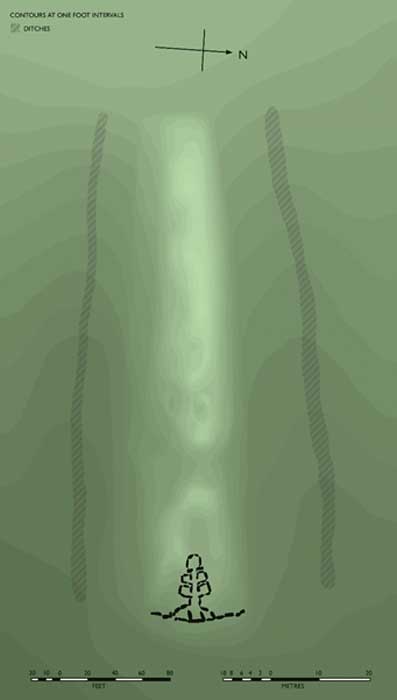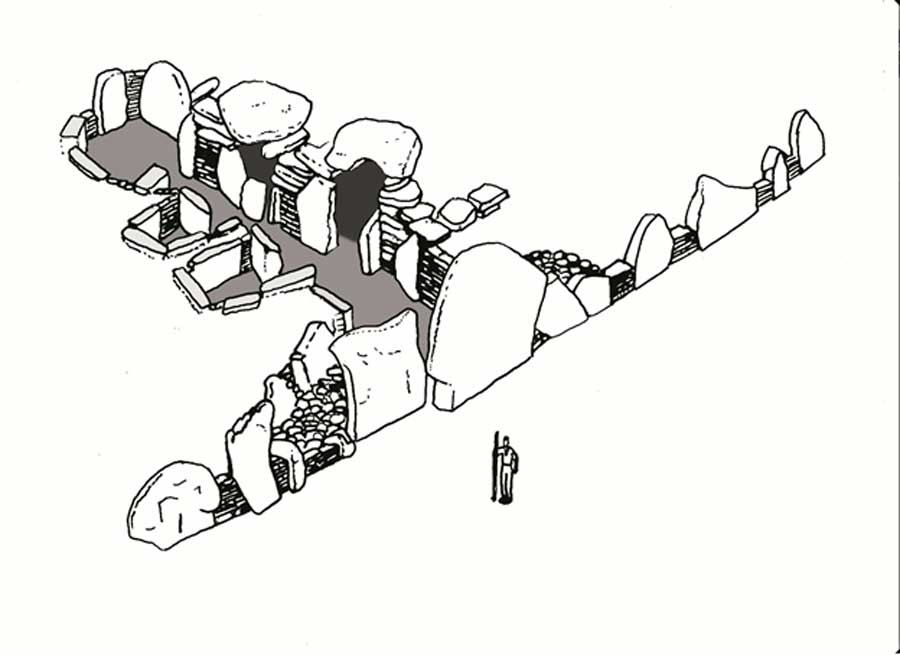
The Power of Sound Rediscovered in Prehistoric Barrows and Coves
The science of archaeoacoustics reveals that some prehistoric barrows were potentially used for frightening and mysterious rites. Surrounded by decomposing bodies, initiates may have been exposed to infrasound - inaudibly low frequencies known to affect brainwaves, producing hallucinations and altered states of consciousness. Some megalithic structures also have audible resonances that produce a musical interval known as the ‘perfect fourth’ – a ratio of 4:3 that is also found in the proportions of their stone chambers. Elsewhere, the huge stones of a cove were positioned to produce a mysterious echo, perhaps used as an oracle. What secret rituals did our Neolithic ancestors perform at these sacred ancient archaeological sites?

West Kennet Long Barrow (Image © Steve Marshall)
Acoustics of the West Kennet Long Barrow
Visible for miles around, the West Kennet long barrow (WKLB) is sited just below the crest of a hill, half a mile south-east of Silbury. Constructed in 3670 to 3635 BC, the West Kennet long barrow is probably Britain's best-known example of a Cotswold-Severn long barrow. Its imposing, but badly damaged mound, with parallel ditches on either side, is unusually long at 104 meters (341 feet).

Lay-out of West Kennet long barrow in relation to ditches (Image © Steve Marshall)
The West Kennet long barrow’s mound rises to an opening at the eastern end, which is fronted by a façade of sarsen slabs, some of them very large. Inside are five burial chambers: two pairs are arranged either side of a central passage, with a larger chamber at the western end.

Sketch of the size of West Kennet long barrow in relation to a human (Image © Steve Marshall)
Built from slabs of sarsen stone with infills of dry walling, the structure is roofed by more huge sarsen slabs. In common with other Cotswold-Severn tombs, the chambers and passage occupy only about ten percent of the mound – there are no more hidden chambers beyond what can be seen.




